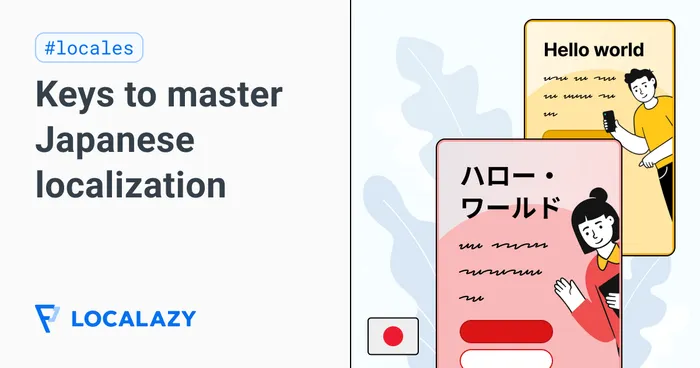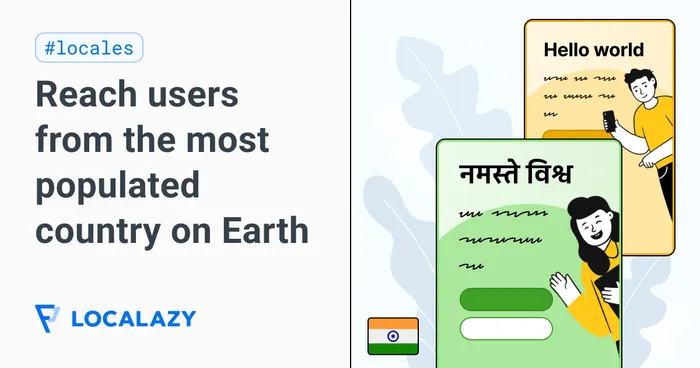Code-switching
Code-switching involves the mixed use of two or more languages within the same conversation.
Code-switching refers to the practice of alternating between two or more languages or dialects within a single conversation or discourse. This linguistic phenomenon is common in multilingual communities and is used for social, contextual, and conversational purposes.
Code-switching often occurs in response to social factors such as the speaker’s audience, topic of conversation, or setting. Some key points about code-switching:
- It demonstrates a speaker’s proficiency and ability to navigate multiple languages or dialects with ease.
- Code-switching can reflect a speaker’s cultural identity and sense of belonging to different linguistic communities.
- It can be used to highlight a point, convey a specific nuance, or adjust the tone of the conversation.
- Understanding code-switching can help localizers and marketers develop more effective strategies to connect with local audiences.
While code-switching could cause discomfort for a third person not knowledgeable in one of the languages used by conversationalists, it’s a form of expressing one’s cultural identity and being more precise.

